Impact of Aristotle's Ethos, Pathos, Logos on Digital Communication
VerifiedAdded on 2021/06/18
|5
|1468
|50
Essay
AI Summary
This essay examines the enduring relevance of Aristotle's linear model of communication, focusing on the application of ethos, pathos, and logos in contemporary business communication, particularly within the digital domain. It explores how these rhetorical concepts influence persuasion, marketing, and advertising strategies. The essay highlights the importance of credibility (ethos), emotional appeal (pathos), and logical reasoning (logos) in crafting effective messages. It provides examples, such as PETA's use of ethos and the Commonwealth Bank's digital marketing strategies, to illustrate the practical application of these concepts. The author concludes that Aristotle's principles, developed centuries ago, remain highly effective in modern business communication, emphasizing the importance of adapting these strategies to the evolving digital landscape. The essay also considers the impact of technology on the power of persuasion and the need for digital literacy in applying these communication elements. It demonstrates how these elements are essential for business growth in a competitive market. The essay's thesis is that Aristotle's ethos, pathos, and logos have a positive impact on modern digital communication.
1 out of 5
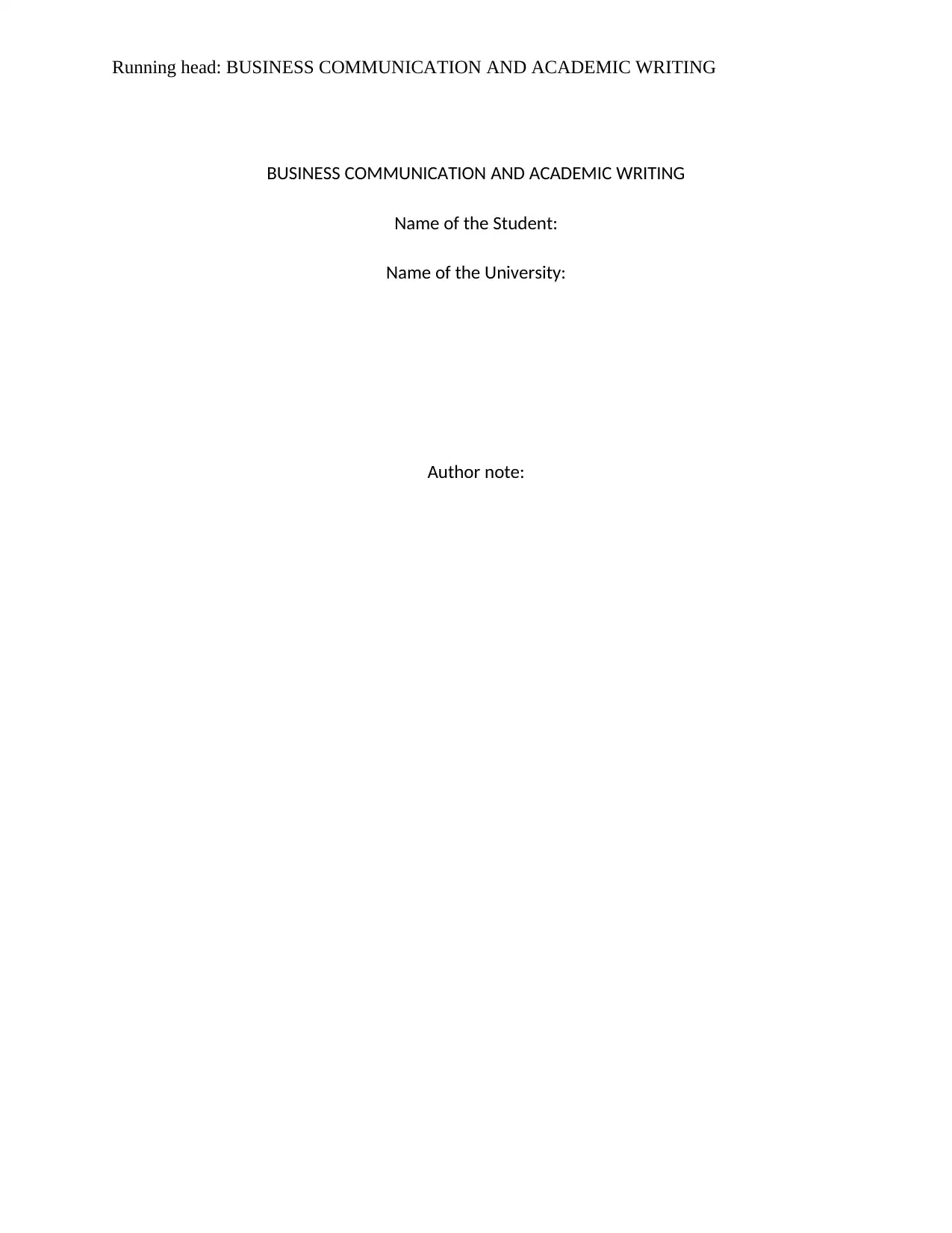
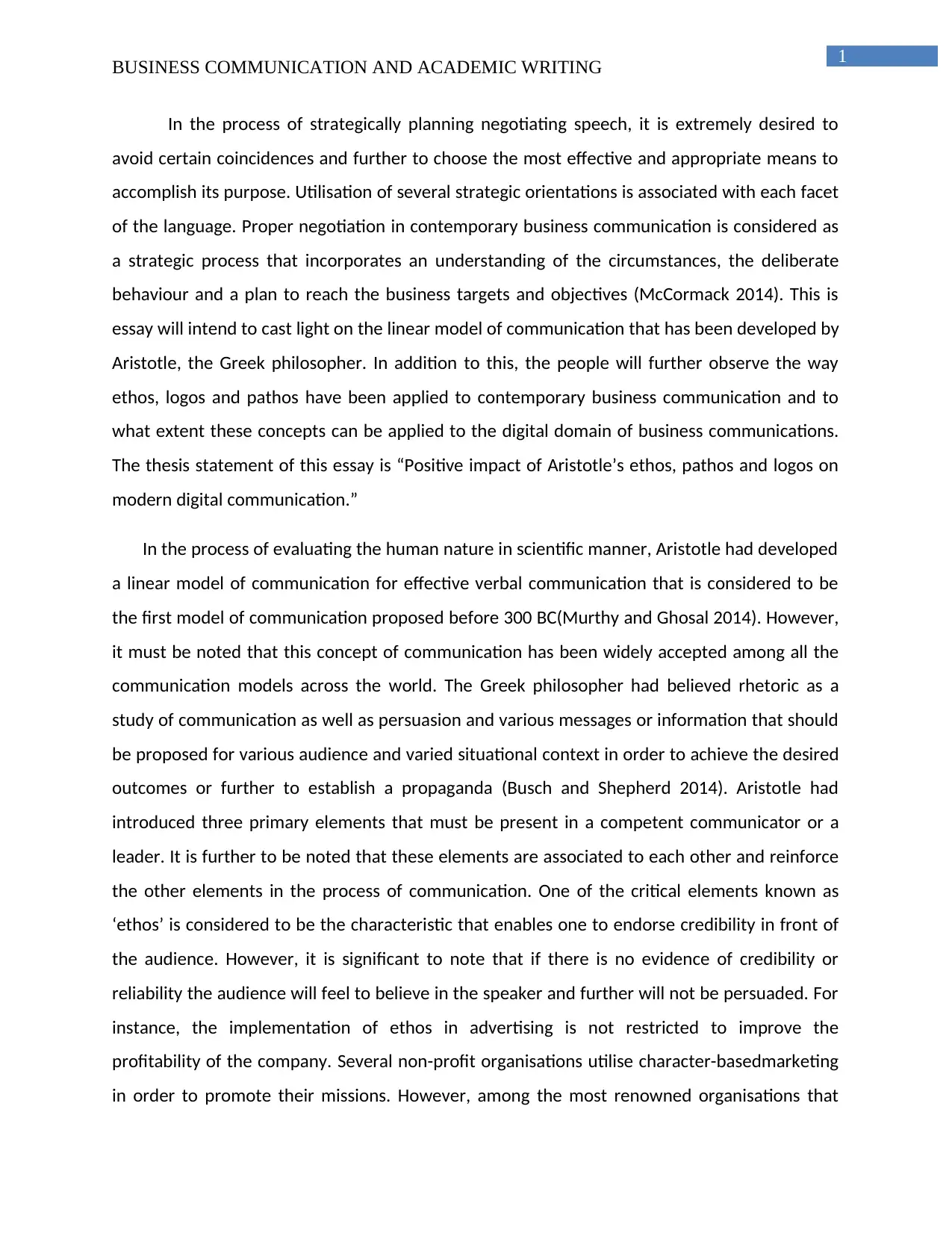
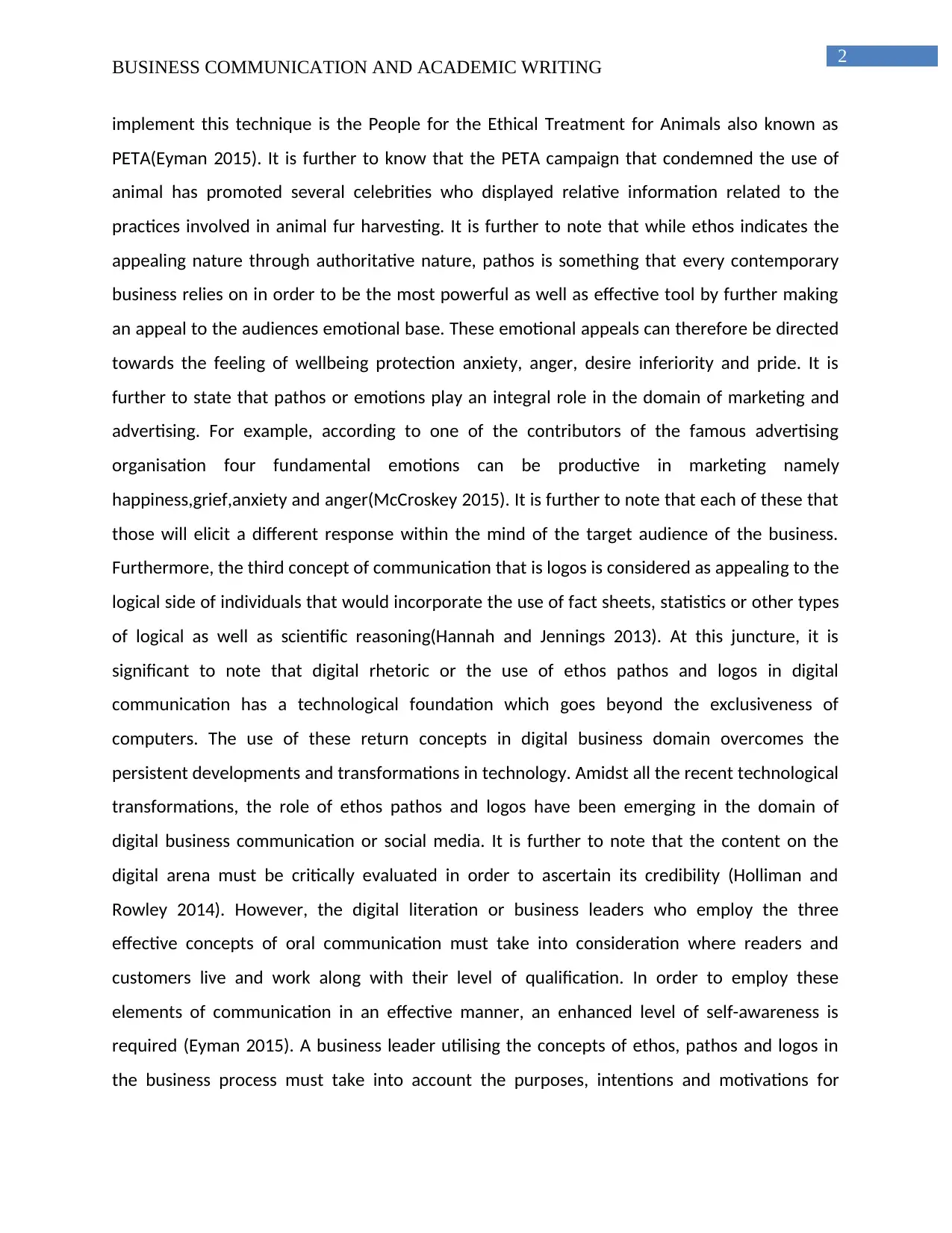
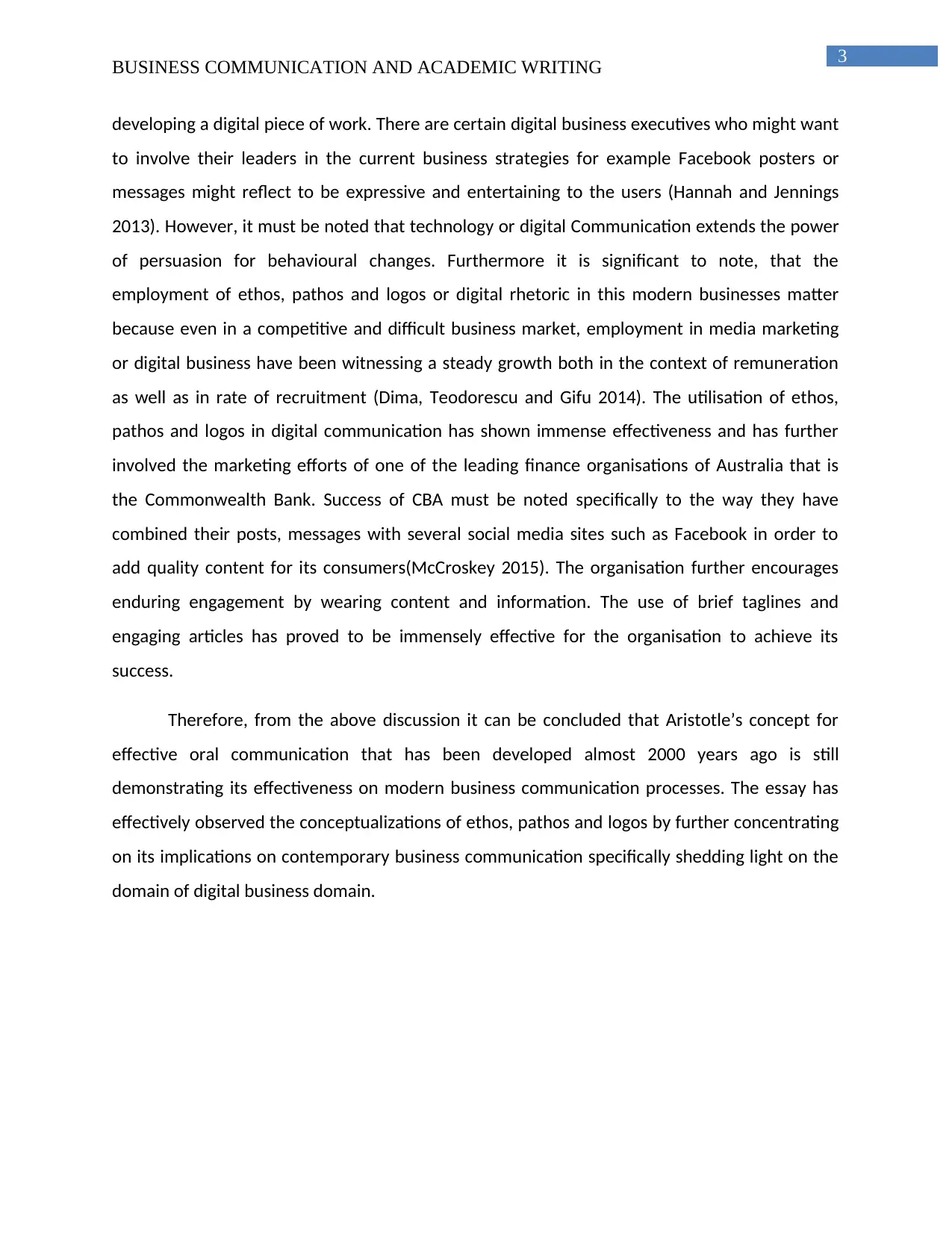
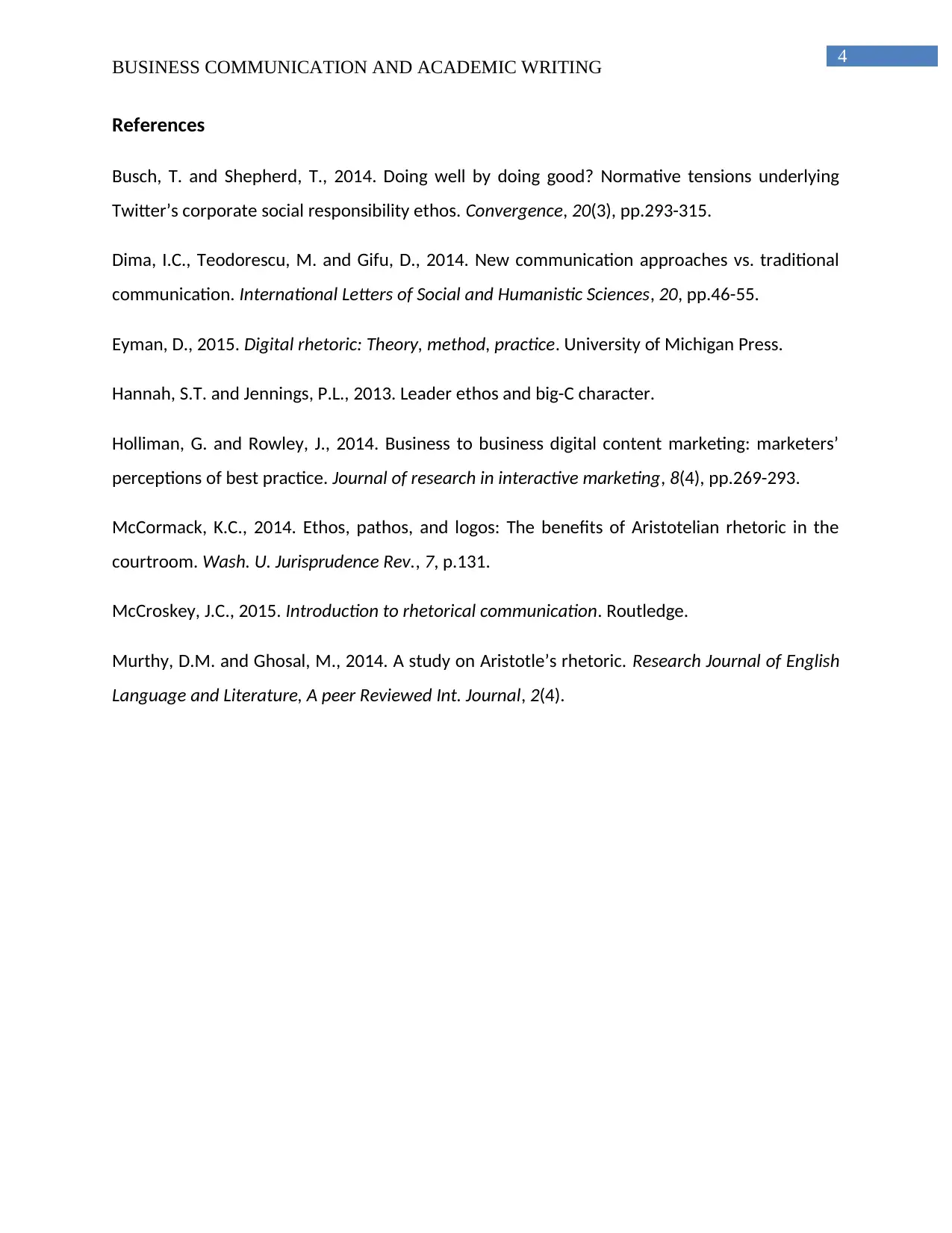



![[object Object]](/_next/static/media/star-bottom.7253800d.svg)